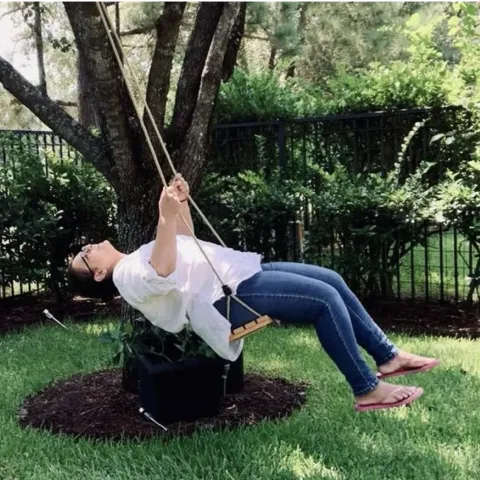
Soma, India
When Soma was diagnosed with cancer in 2016, she was 41 years old, and we were told she had only six months to live. Our family had to turn everything upside down: we moved from India to the United States, seeking the best possible treatment, consulting several doctors, and changing schools and jobs. Soma ultimately passed away last December, six and a half years later.
I’m here to talk about that period of our lives, my role as a caregiver, the immense toll cancer took on our family, and the importance of a supportive framework for caregivers—whether it comes from employers, family, or friends.
When Soma was diagnosed in August 2016, she was 41, and one of India’s top oncologists told us she had just six months left to live. That moment triggered a whirlwind of tests, misdiagnoses, relapses, rounds of chemotherapy, and countless hours in hospitals. During this time, we moved from India to the United States, seeking the best treatments. We met several doctors, changed lives, schools, jobs. Eventually, Soma passed away last December, six and a half years after that terrible first diagnosis.
I remember that time like it was yesterday. Soma meant everything to me. She was incredible, a true force of nature. We met 25 years ago, and from the first few minutes, I knew she was the one I wanted to spend my life with. We got married 22 days after meeting each other. I was so fortunate she chose to share her life with me.
Unfortunately, between March and August 2016, Soma was misdiagnosed five times. Six oncologists saw her, and none of them knew what was really wrong. When we finally got the news that she had only months left to live, it was indescribably brutal. A doctor came into her room, leafed through her files, and simply said, “You’re in the late stages of cancer, and you don’t have much time.” It was shocking, especially since two years before Soma’s diagnosis, her only sister had also been diagnosed with cancer. Her sister passed away five weeks before Soma received her diagnosis, and we hadn’t even had time to grieve that loss.
At that point, I didn’t know what to do or where to take her. I told the doctor, “I think I’ve had enough. You’re the sixth doctor, and now I want to take her to the best hospital in the world to figure out what’s really happening.” He told me, “If you have the means, take her, but it won’t make a difference.” I replied, “That’s for God to decide, and for us to try.” On August 4th, we flew to Houston. By August 21st, we met the chief physician at MD Anderson.
From that moment, it felt like we were on a mission. I had not only Soma and our daughter with me, but I also brought my in-laws because I wanted everyone to be together. I’ve always believed we are stronger as a family, rather than as individuals. I wanted us all to rally around Soma and make sure she never fell into periods of self-doubt.
I found my strength by looking to Soma. She was an incredibly strong woman, and such a positive person. Even towards the end, outside the most intense periods of chemotherapy, no one could tell she was sick. She traveled, wrote, and lived life to the fullest. Her joy and strength of character gave us the courage to remain positive, even in the darkest times.
Soma was an only child, and she was very close to her mother and aunt. This was very hard for her. But despite everything, she always wanted our daughter to keep chasing her dreams, even amidst all the treatments and relapses. She underwent 74 rounds of chemotherapy and faced six relapses, but she never wanted our daughter to put her dreams on hold.
